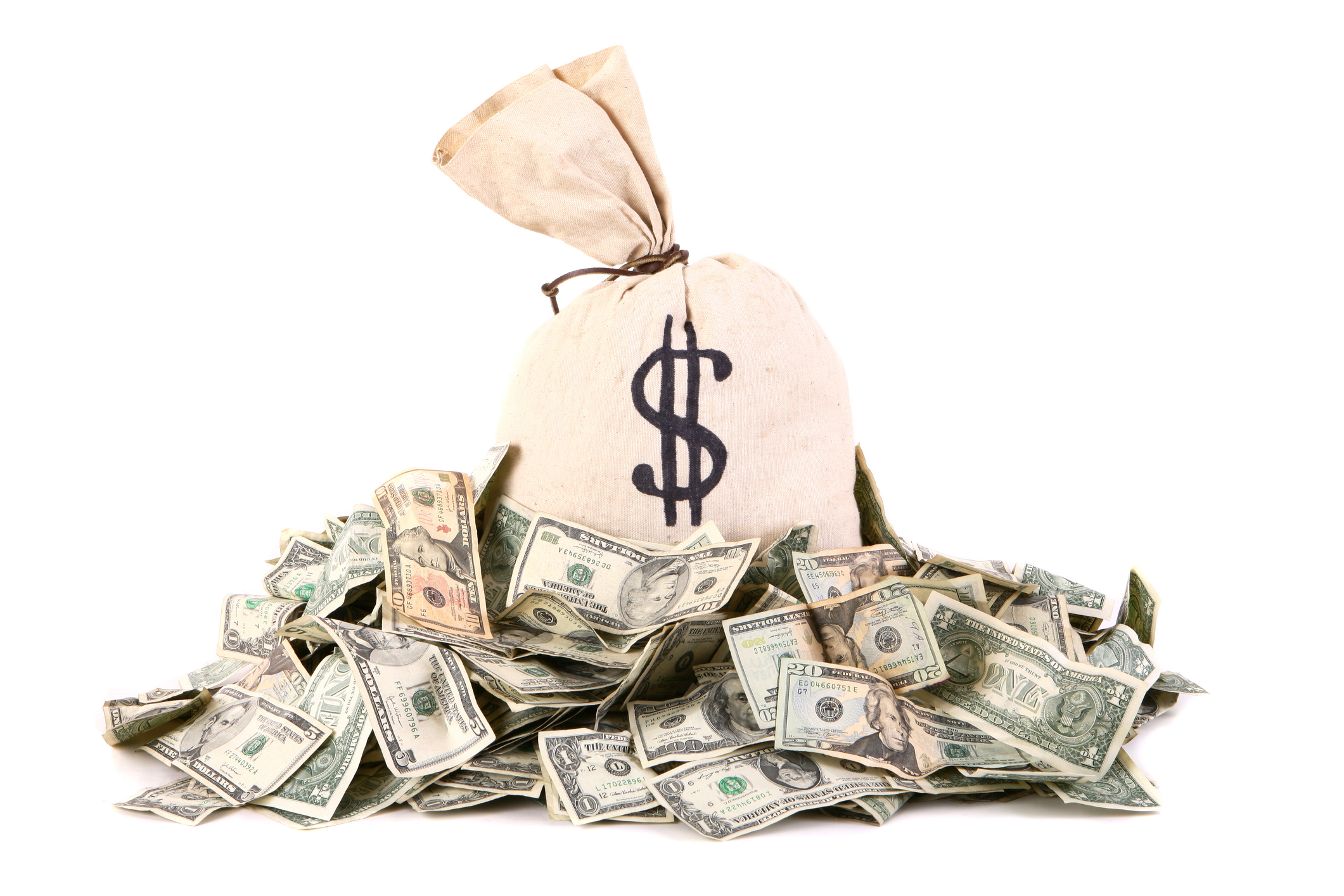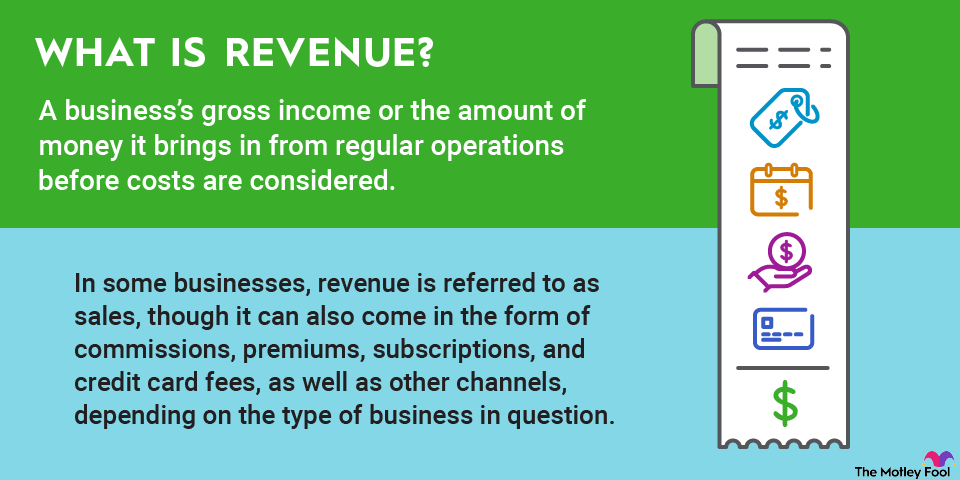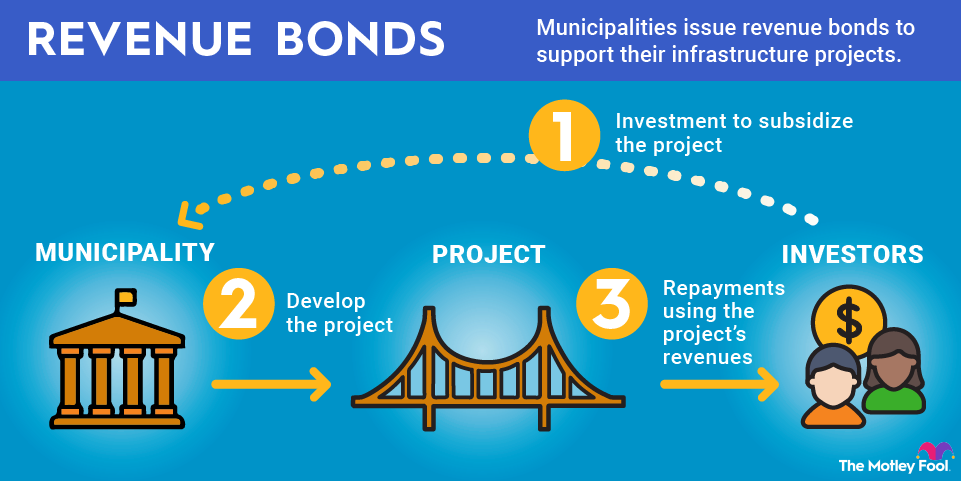Refinancing is a financial strategy in which a borrower uses one debt to pay off and replace other debt. In this article, we’ll take a look at what refinancing is, some of the common reasons why borrowers choose to refinance, and how to determine whether refinancing your debts might be a good idea.

What is refinancing?
Refinancing is the act of replacing one debt obligation with another. This typically refers to some sort of loan, such as a mortgage, auto loan, or credit card.
There are several possible reasons why consumers and businesses refinance debts. For example, it is common to refinance a mortgage when the borrower can get a lower interest rate than they have on an existing loan. Or, refinancing can be used to change the terms of a debt obligation, such as by refinancing from a five-year auto loan to a seven-year loan.
Different types of refinancing
Although refinancing can be broadly defined as any replacement of a current debt obligation with another, there are some specific types of refinancing that are important for consumers to know.
Rate and term refinancing: In rate and term refinancing, the amount of money you borrow stays the same. The difference is that you will get a new loan with a superior interest rate, preferable loan terms, or both. For example, if you owe $250,000 on your home mortgage and obtain a new refinancing loan for the same amount because interest rates have dropped, it is an example of a rate and term refinancing.
Cash-out refinancing: A cash-out refinancing refers to situations where you obtain a new loan that is for more money than you owe on an existing debt obligation for the purpose of receiving cash when the new loan closes. For example, if you owe $250,000 on your mortgage and refinance with a new $300,000 loan, you could receive $50,000 (minus any fees) back at closing. This is most common when refinancing mortgages, as it is usually one of the cheaper ways to borrow money for things like home improvement projects and other large expenses.
Debt Consolidation
Debt consolidation: Refinancing doesn’t necessarily mean that you replace one loan with another. If you have several credit cards with balances, transferring all of those balances to a different credit card with a 0% intro APR, or obtaining a personal loan to pay them all off, is also a form of refinancing.
When is refinancing a loan a good idea?
Of course, every financial situation is different. But the basic concept is that refinancing can be a great financial move if the benefits outweigh the costs.
With mortgages in particular, refinancing is not free -- not even close. It generally costs about 2% of the loan amount in closing costs and fees to refinance. However, if the interest savings over the long term are greater than the costs, it can be worthwhile. As an example, if it will cost $5,000 to refinance, but you'll save $10,000 on interest over the next five years, refinancing could be a smart move.
When you consolidate credit card debt, there are costs to consider. For example, if you transfer balances to a 0% intro APR credit card, you’ll typically pay a 3% to 5% fee for doing so. However, if this allows you to not pay 20% (or higher) interest rates on the debt for a year or more, it could be worth absorbing the cost.
Related Investing Topics
Example of refinancing
Let’s say that you bought your house in 2022. You borrowed $300,000 and obtained a 30-year mortgage with an interest rate of 7%, which makes your monthly principal and interest (P+I) payments $1,996. We’ll also say that a couple of years later, market interest rates for 30-year mortgages have declined to 5%. Not only that, but you’ve paid down the principal balance of your mortgage to $293,000.
If you were to refinance into a new 30-year loan, your monthly payments would fall to $1,610, which is $386 less than you’re currently paying per month. However, it will cost you about $6,000 in closing expenses to refinance. If you plan on staying in the home for at least a few more years, the savings you get from refinancing could be significantly higher than the cost, making it well worth doing.


















